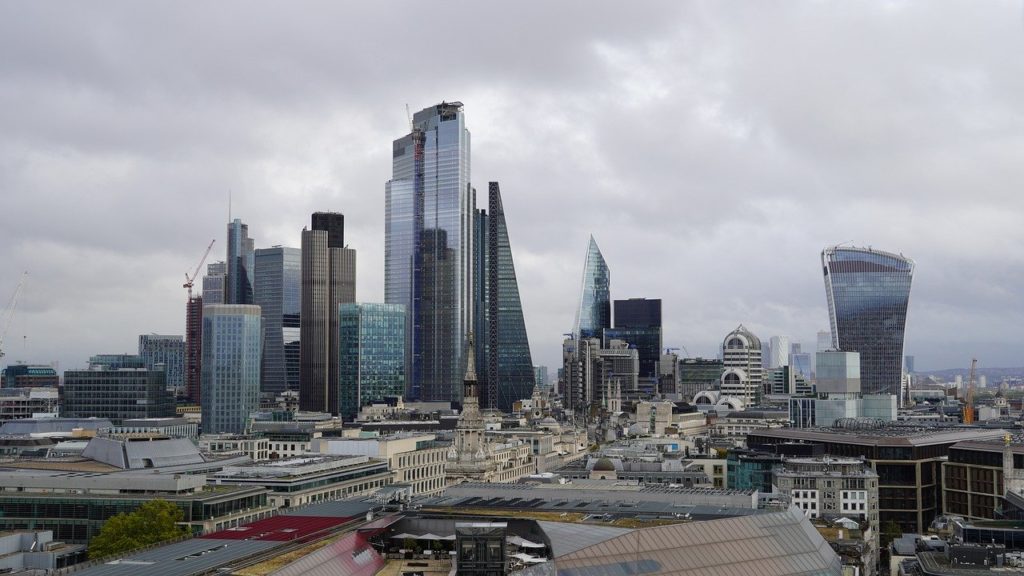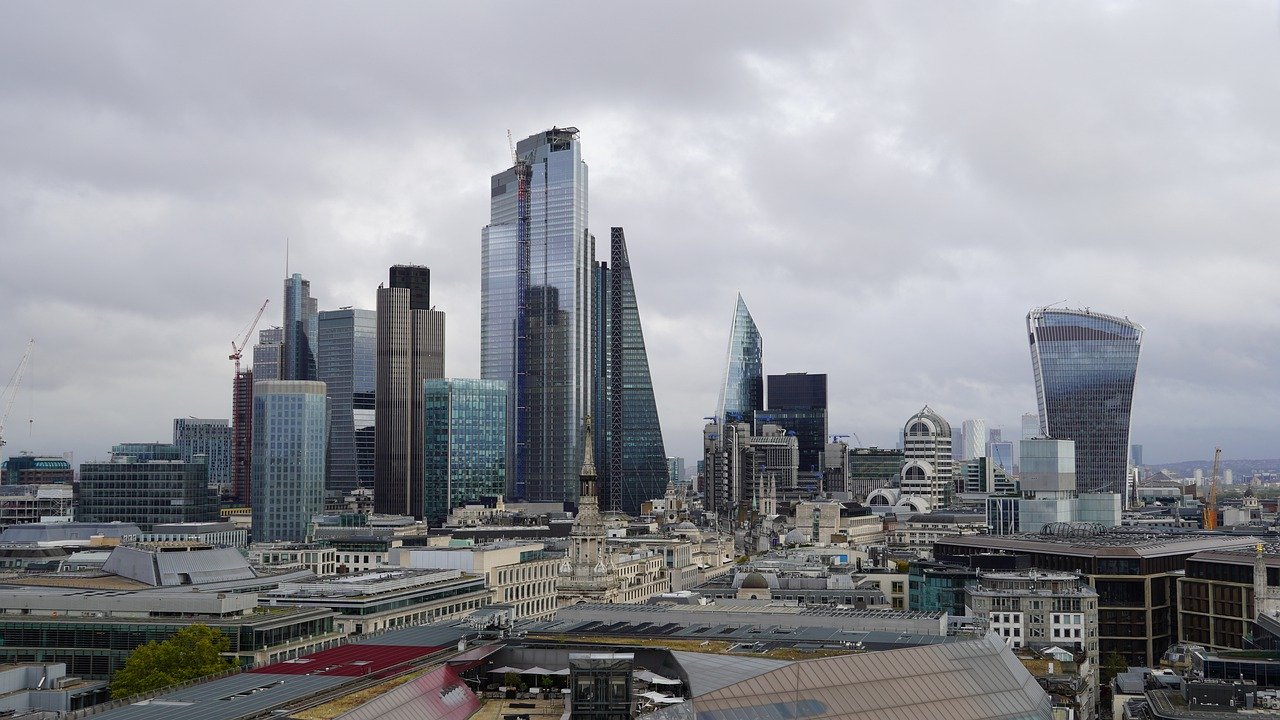
The Covid-19 crisis has raised big questions for investment strategy in LGPS. William Bourne looks at the impact on private equity and its investors.
Over the last 20 years, allocations to private equity (PE) at many LGPS funds have tended to rise. Proponents have pointed to higher returns from the illiquidity premium, attractiveness relative to increasingly regulated public markets and its diversifier status as an “alternative”.
Opponents accuse the industry of relying on leverage and financial structuring, and focusing narrowly on shareholder returns. Some commentators have even called them the next Ponzi scheme, where the bondholders who provide the leverage are financing the exits of GPs (general partners who control the funds), while the LPs (limited partners who share in the rewards but have no control) are collateral damage.
The Covide-19 virus is bringing these issues to the fore. At a stroke a range of industries which PE is heavily invested in, such as retail, transport infrastructure and leisure activities, such as sports, have been temporarily closed.
Managers are also under pressure for accepting government money while paying out dividends or interest to themselves or related parties.
The immediate impact of the pandemic is that some underlying companies will run into financial trouble and be forced to default. That is essentially a problem for the private credit lenders who provide leverage to the PE industry, but GPs and LPs will not escape unscathed.
Some assets in their funds will be beyond saving and investors will lose the money invested; others will require extra finance to survive, and there will be hard negotiations as to who provides that and on what terms.
New finance
In the short term many funds will have a bank facility to cover sudden working capital needs. But sooner or later, unless there is a government bail out, they will need to raise finance from either lenders or their LPs.
In the public world, when a company needs refinancing in distressed circumstances, the equity holders bear the brunt of the loss. Bond holders sit higher in the debt hierarchy and often have covenants, or collateral, to protect their positions. In the world of private equity it may not be so simple.
This is because the relationship between PE and private credit is more symbiotic. The PE model relies on much higher leverage than public markets, on average some ten times higher, and some credit managers have made it their business to lend to private equity. They will not wish to negotiate too hard in order to maintain their relationships with PE GPs —indeed over the past few years lending has tended to be covenant “lite”, giving them less protection.
In practice GPs are likely to turn to LPs for new finance. However, if they make an unexpected call on LPs, the latter may in turn suffer cashflow problems.
Net cash inflow from PE in aggregate has declined in recent years and Covid-19 is likely to turn it negative, at least temporarily, with new calls exceeding distributions. If an LP defaults, there are provisions GPs can use, but they take time to implement and will not provide the immediate cash injections required. Some GPs are therefore already choosing to draw down commitments early.
On the other side of the picture there is some US$2.5tr of “dry powder”— money committed by LPs but not yet drawn down. Funds still able to invest have plenty of cash to pick up the distressed assets which are undoubtedly going to come loose as a result of the pandemic. But it will be a competitive market, so prices achieved may not be as attractive as some hope.
Returns
What about long-term returns to LPs and GPs? Experience is that the worst returns come from vintages several years before a recession or crisis, while those investing in the aftermath often post the best because they can pick up assets at attractive prices. Those already committed will see both a one-off hit from company failures and restructurings.
There will also be a longer-term effect because leverage will be less and borrowing more expensive. Across the cycle I’d expect returns to be around 2-3% lower than the recent “norm” of around 13-15%, sinking perhaps as low as 8-10% for the worst vintages.
For investors, a key question is whether PE really does provide excess returns, or diversification, over public equities to make up for the higher costs and fees, illiquidity and lack of transparency.
Academic evidence suggests not, because much of PE’s superior returns can be explained by the leverage they employ. The argument that PE provides diversification largely depends on the fact that PE is only valued once every six or 12 months, whereas public markets are marked daily. The return profile will differ in the short-term, but in the longer term they are driven by the same fundamental economic factors. The supposed diversification may well also be illusory.
Nimble
I don’t expect PE to disappear. Unlike a Ponzi scheme, even after Covid-19 most of the underlying assets will continue to have value. There is a case that GPs have geared up assets too much, but it is the bondholders and existing investors who are most at risk from this, not new ones.
On the positive side PE is an integral part of the investment taxonomy, nimble enough to benefit from the Covid-19 disruption and its very illiquidity attractive at times of stress.
I’d suggest the most likely long-term consequence of the pandemic is that investors will increasingly question the business model used by GPs, and particularly whether its high fee and cost structure can survive on lower returns.
William Bourne is principal of Linchpin Advisory Limited and has roles with five LGPS funds.













